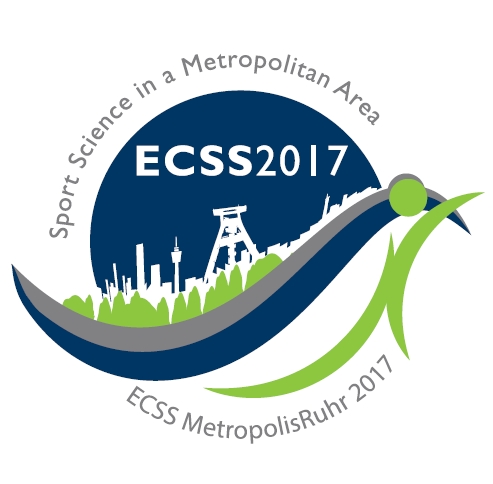Connolly D1, Gualtieri A1, Ferrari-Bravo D1, Sassi R1, Rampinini E2
1, Sport Science Department Juventus, (Italy), 2Human Performance Laboratory, MAPEI Sport Research Centre, Olgiate Olona (Varese), Italy

Introduction The development of youth soccer players’ physical abilities is a key objective for football clubs and necessary for players facing the increasing physical match demands. Performing physiological assessments periodically allows us to track the progress of youth soccer players longitudinally, granting a better understanding of players’ physical improvements. This study aimed to examine changes in endurance and muscular performance in elite youth players both inter and intra-season. Methods Thirty-four elite level youth soccer players were monitored across 3 consecutive seasons, from U15 to U17. The players performed the Yo-Yo Intermittent Recovery Test Level 1 (YYR1), 20 m sprint (ST) and countermovement jump (CMJ) before the preparation period (PRE) and during the competitive season (IN). Differences within and between each season were verified using the one way repeated measure ANOVAs with Bonferroni post-hoc test and effect size (d) calculation. Results Significant main effects were found for all variables (all p<0.001). Within each season, YYR1 performance improved significantly between PRE and IN (p<0.001; d from 1.16 to 1.38). However, during each off-season period, YYR1 performance decreased from IN to PRE (p<0.001, d=0.87 and 0.73). Comparing PRE or IN with the same time point of the previous season highlights significant improvements in YYR1 distances (p<0.001, d from 0.59 to 0.89). No differences were recorded for ST between PRE and IN for U15 (p=0.231, d=0.18), while ST time was lower for U16 and U17 comparing the same time points (p<0.001, d=0.53 and 0.41). No changes in ST performance were observed during the two off-season periods (p>0.844, d=0.04 and 0.02). Significant improvements in CMJ were noted for U15 (p<0.001, d=0.50) and U16 (p=0.002, d=0.30) comparing IN with PRE. The CMJ performance improved significantly also during the off-season period between U16 and U17 (p=0.020, d=0.20). Discussion These findings indicate that there is an important training effect related to YYR1 performance, while improvements in ST and CMJ appear to be more linked with the physiological growth of the players. The continued improvement of CMJ performance in the off-season suggests that the development of players’ capabilities may be more related to muscular growth than training. The evolution of sprinting capacity in U16 and U17 compared to U15 also supports this theory. These findings may facilitate the understanding of individual players’ physical capabilities and assist talent development programs.
22th Annual Congress of the European College of Sport Science (ECSS).
Essen 5-8, Germany, July 2017